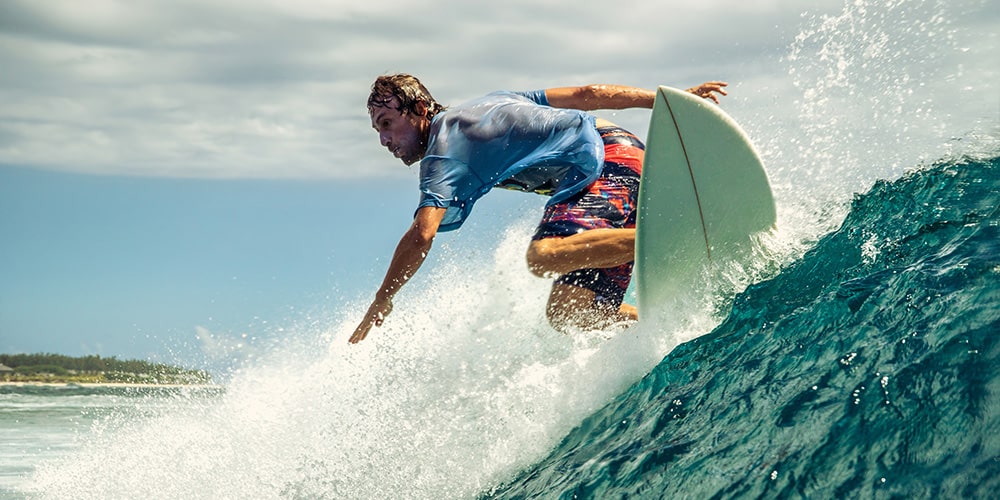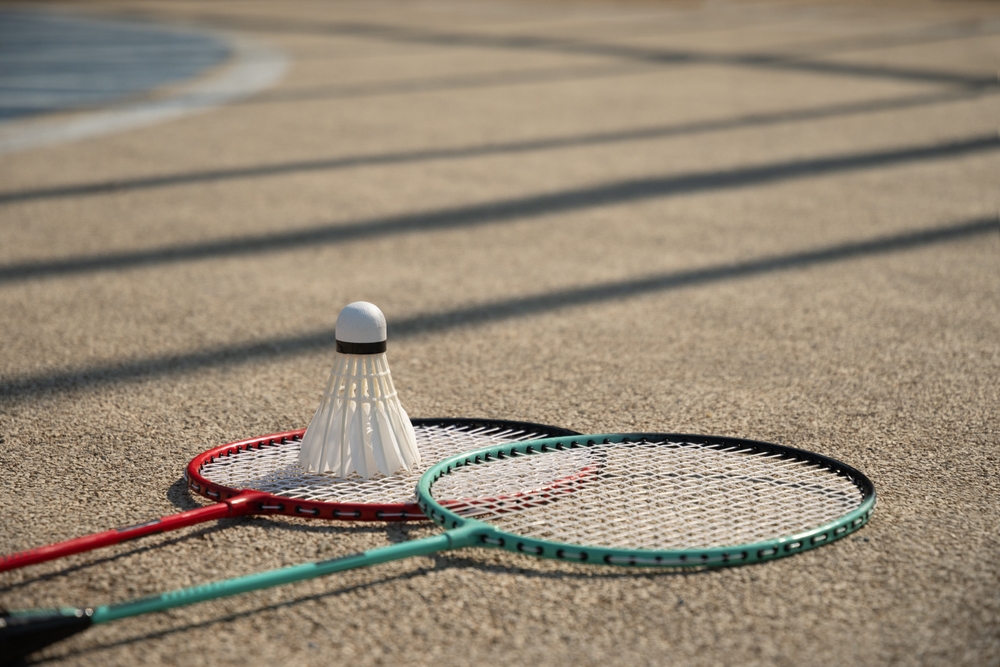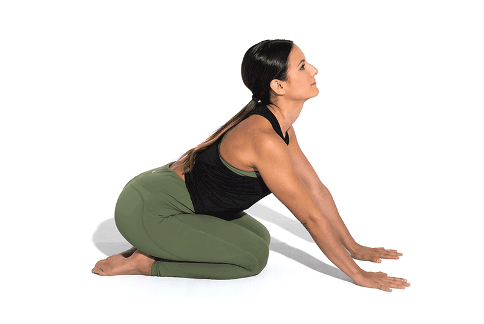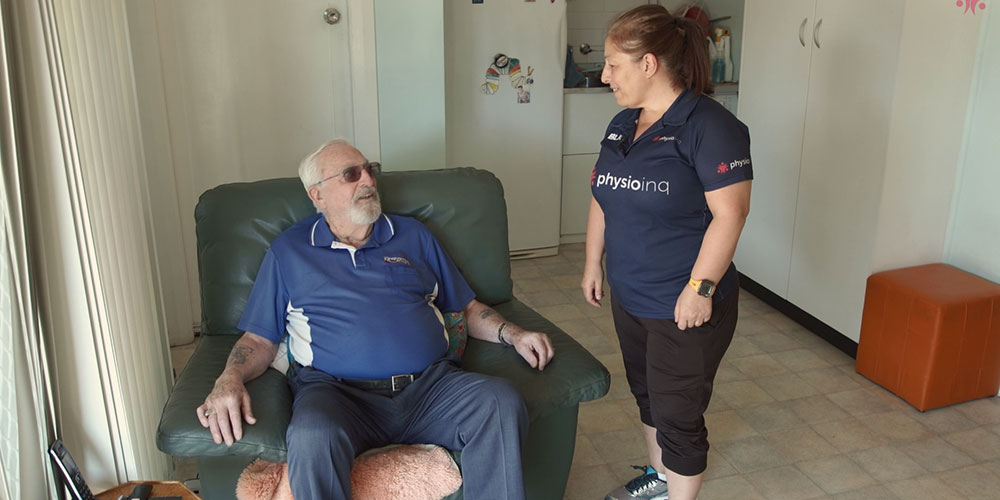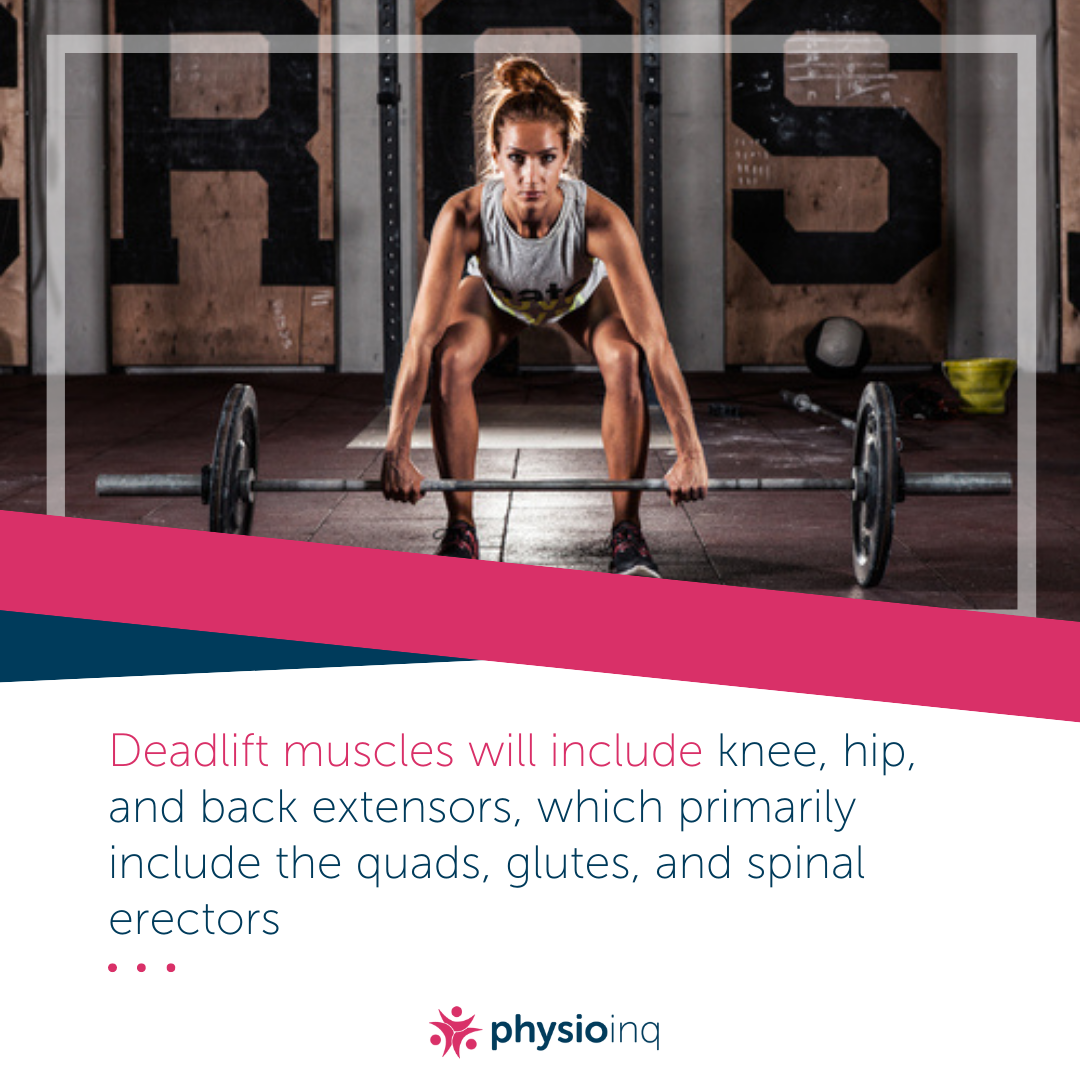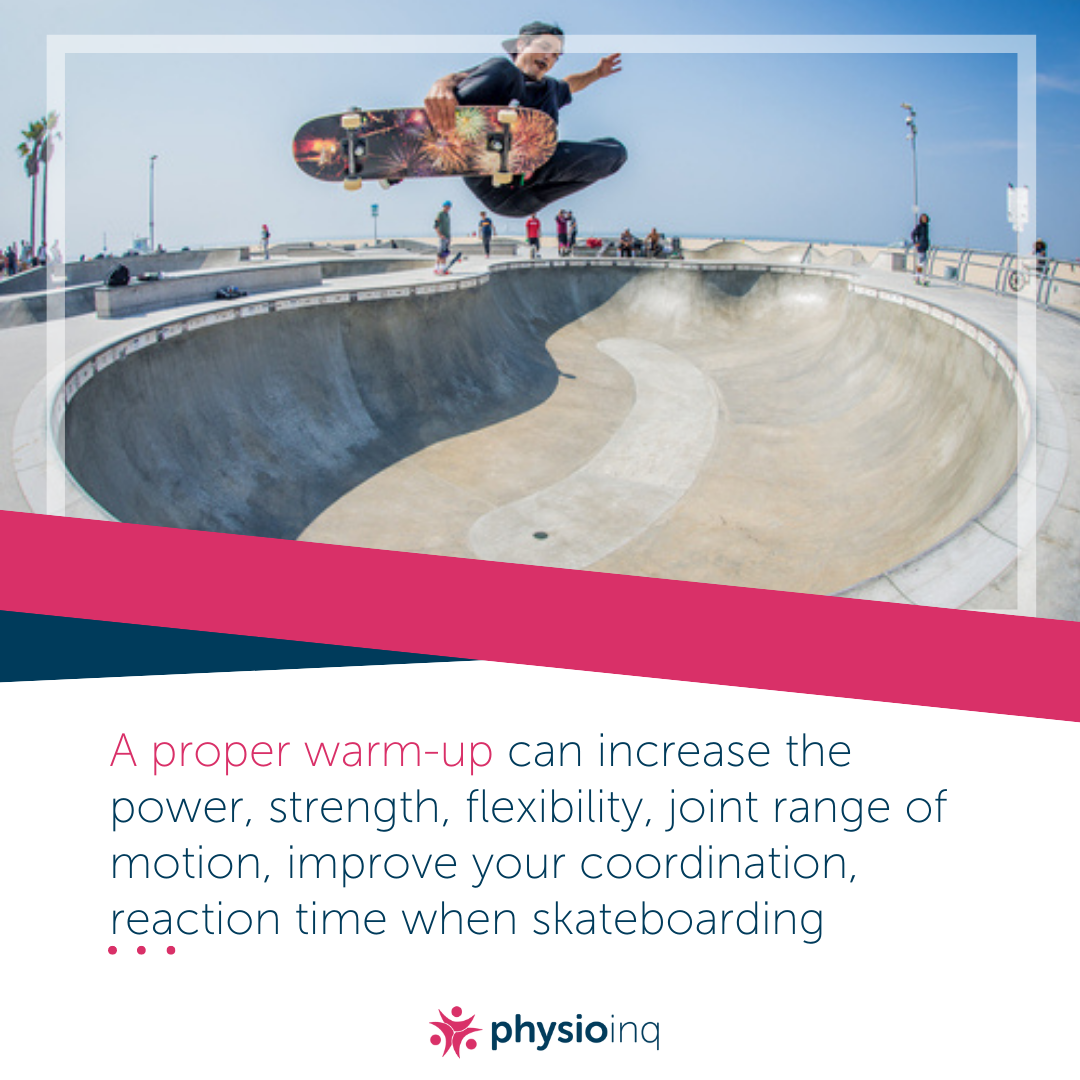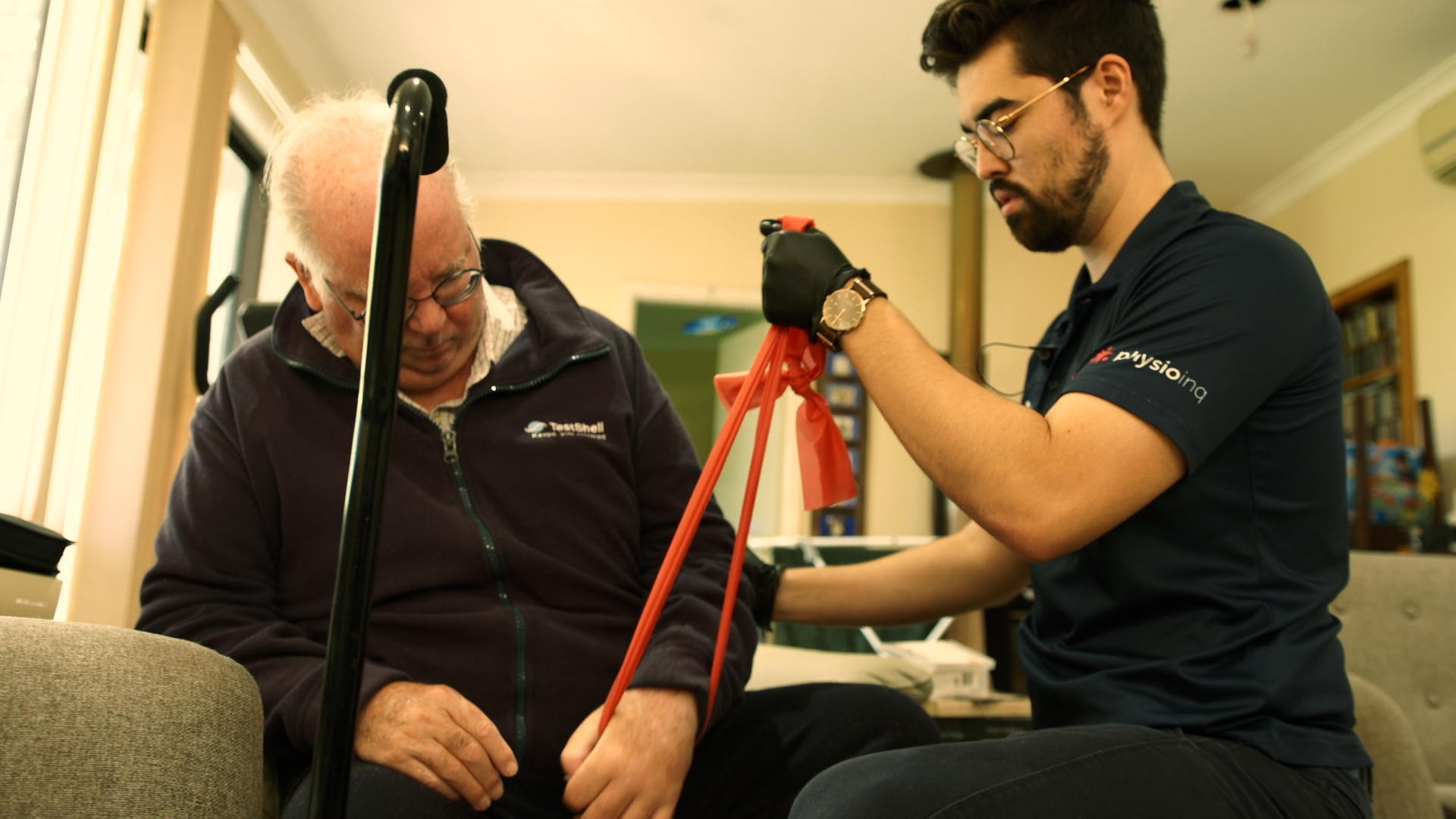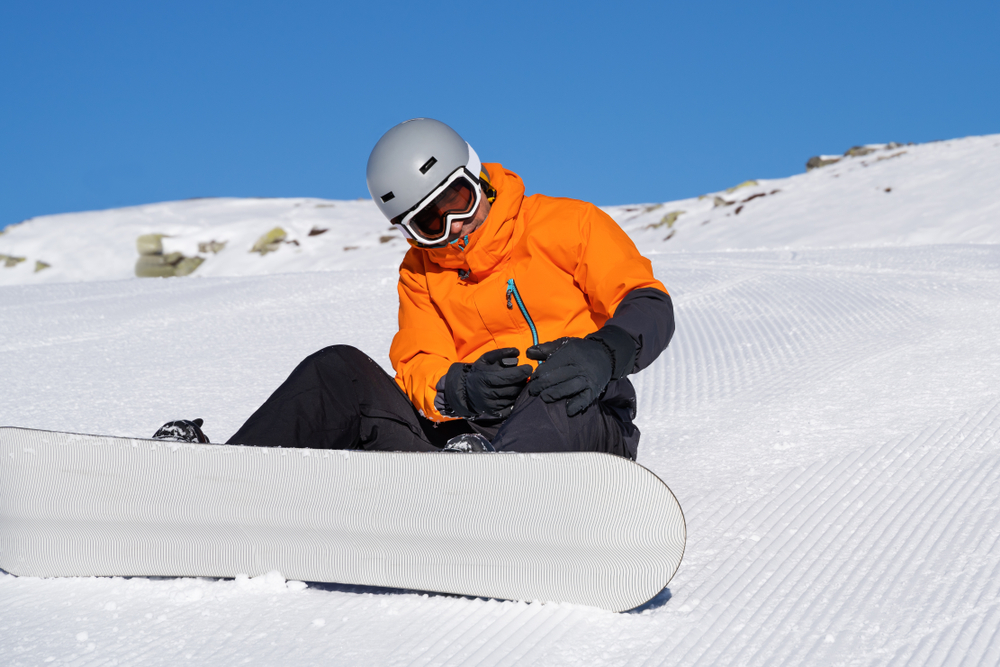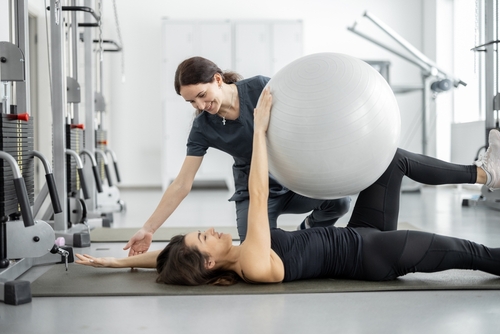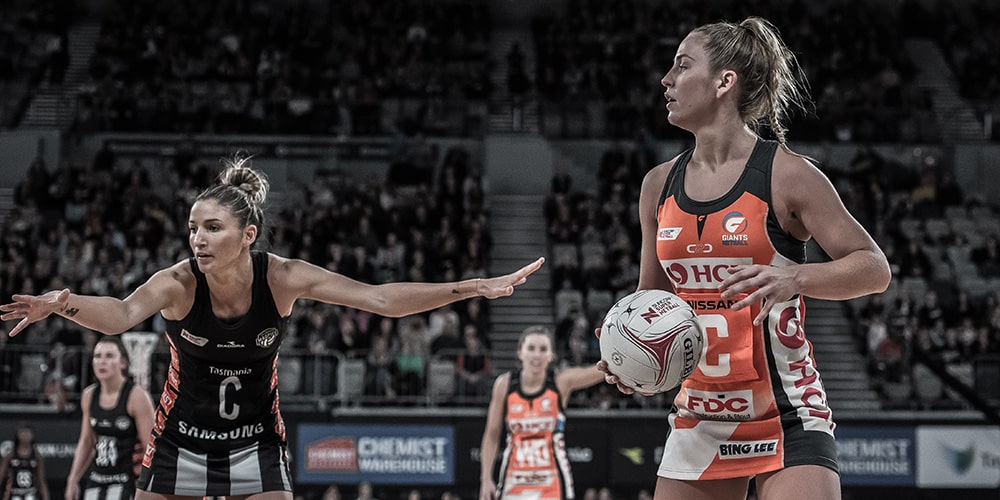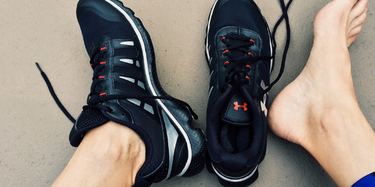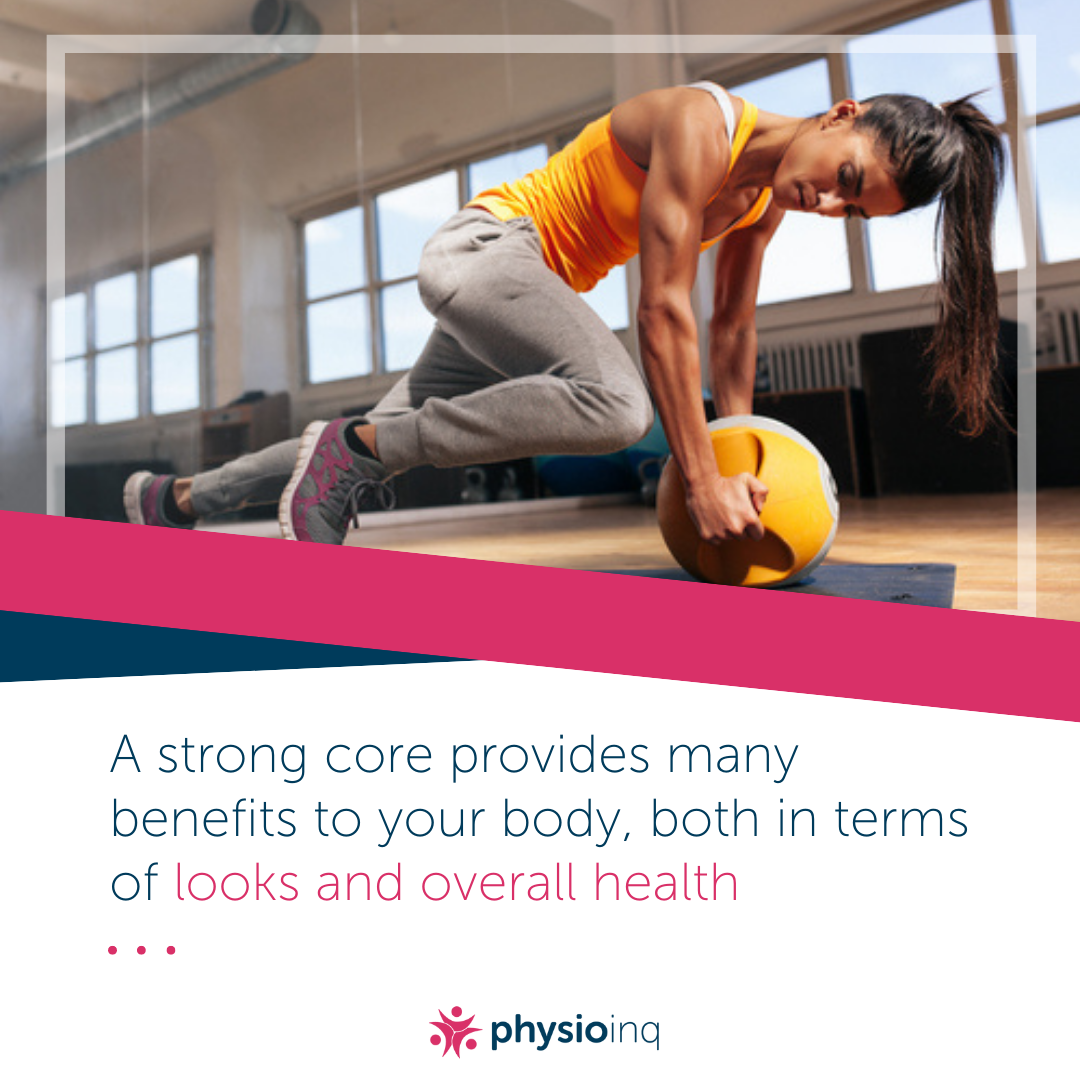Make an Appointment
Watching only a few minutes of a Aussie Rules game makes it clear that AFL athletes are top-notch. Harnessing massive power and impressive endurance, AFL players are often the pinnacle of physical fitness.
So, you might be wondering how to train like an AFL player yourself. While their workouts are not for beginners, we’ve got some AFL training tips that you can consider if you want to train like the pros.
Here, we’re sharing how to train like an AFL player from workouts to mental training to injury prevention. Let’s get started.
Intense Training Regimen
One thing that all AFL players have in common is an intense training regimen. Although they might perform different exercises based on their unique strengths and weaknesses, the similarity is that they’re all performing at an extremely high level.
As professional athletes, it’s not uncommon that they’ll train five days a week for multiple hours a day. It’s their day job and training is part of the process.
Not to mention, to become the top tier athletes they are, they keep this intense training regimen going for many years. As the training compounds, they get to the top of their game. In short, it’s not something that happens overnight.
So, to train like an AFL player, an intense workout plan is essential.
Sprints Workout:
In the AFL, there’s lots of stopping and starting during a game, requiring the ability to sprint quickly and efficiently. Therefore, sprint training is a crucial aspect of AFL training and is a solid starting point if you’re trying to train like an AFL player.
Here’s an example of a sprint workout:
- Measure out a 20-metre distance
- Warm-up and get ready to start your sprinting session
- Sprint 40 metres (to the 20-metre mark and back) 8 times with a 30-second rest in between
- 8 sprints = 1 set
- Complete 2 to 3 sets
Long-Distance Running
Although the ability to sprint effectively is important to an AFL player’s skill, endurance is also essential. So, training with longer-distance running is also often part of an AFL training regimen.
Still, this probably won’t be what you’re used to. You won’t be running for kilometres at a time. Instead, you can think of them as extended sprints.
For example, you can double the length of your sprint workout as so:
- Measure out a 40-metre distance
- Warm-up and prepare for your workout
- Sprint 80-metres (to the 40-metre mark and back) 10 times with a 15-second rest in between
- 10 sprints = 1 set
- Complete 2 to 3 sets
For more of a challenge, you can aim to complete these 80-metre sprints in only 15 seconds. This will help train you to deal with fatigue which is obviously common during a long AFL game.
Kettlebell Exercises
Next, you’ll start to get into some strength training.
Kettlebells are popular among AFL players because they’re extremely versatile. They help you improve your strength, cardio fitness, and work capacity. Plus, you can bring them out onto the field to use between ball-handling workouts.
A kettlebell circuit workout might include:
Kettlebell swings
Source: StrongFirst
One-armed kettlebell swings
Source: Hardstyle Kettlebell Pro
Turkish get-ups
Source: Eric Leija
High Pull
Source: ScottHermanFitness
Kettlebell Goblet Squat
Source: Colossus Fitness
Renegade rows
Source: Hardstyle Kettlebell Pro
Work with your sports physiotherapist on these exercises to ensure proper technique and maximise your results.
Explosive Movement Training Workouts
AFL players focus on explosive movement training as well. Explosive movements refer to going from resting to maximum power in the shortest amount of time.
To improve your explosive movements, you’ll be training your fast-twitch muscle fibres and working to shorten the time between resting and performing at your full potential. It’s difficult to do but improves your AFL game exponentially.
In the gym, your physiotherapist or trainer might work with you on:
- Prowler exercises to improve ankle, knee, and hip mobility
- Running machines where you perform running sprints while pulling against resistance
- Keiser squats where you perform explosive squats (squat position to rising up on your toes) with resistance on your shoulders
When you perform these kinds of explosive movements and improve your strength along the way, you’re preparing yourself to go from zero to max quicker and quicker.
Train Your Core
At the end of the day, your true power comes from your core. Your core will help you quickly change direction, stop and start your sprints, and gives you more power in your explosive movements. So, implementing core exercises is another way to train like an AFL player.
Kettlebell exercises, like the ones we mentioned above, are great for building core strength at the same time as working your extremities. However, other core stability exercises such as medicine ball throws and Bosu ball workouts are essential.
Stretch and Recovery
One of the biggest mistakes you can make when implementing an intense workout regimen is skipping your stretching and recovery. Stretching is essential to flexibility and mobility and recovery is essential to building muscle.
Best stretches for AFL players include:
- Leg Swings | Example video here Hybrid Athlete
- Double leg hop | Example video here U.S Army Centre for Initial Military Training
- Single leg hops | Example video here Elevate Yourself
- Hip Stretches | Example video here overtimeathletes
Sports physiotherapy is especially beneficial for athletes who are missing this crucial piece to the puzzle. By working with a stretching and recovery plan, you’re not only boosting your athletic capabilities but you are also preventing injuries and improving longevity.
Mental Training
Just as important to physical training is mental training. So often, reaching our fitness goals and training like an AFL player is mind over matter.
Pushing yourself to the limits means trusting that your body can do more than your mind thinks it can. So, when you’re about to give up and you push yourself that little bit harder, you start to realise that your body can handle it. This mental training is key to an AFL player’s success.
Similarly, getting through the heat of playing outdoors in the Aussie sun can be a mind game in and of itself. When training like an AFL player, it’s important to get used to exercises outside in the heat. Just be sure to use sun protection and stay super hydrated.
Performing under pressure is another mental game that AFL players have to contend with. The stakes are high in any competitive situation and while this pressure often helps players perform at their best, it can also cause unnecessary mistakes. Practising in a game-like setting can overcome mistakes caused by pressure.
Diet and Sleeping Patterns
Not to be overlooked, your diet and sleeping patterns are also incredibly important. In any training regimen, eating nutritious, whole foods is essential. After all, you need the proper fuel to be able to train like an AFL player.
And finally, sleep is the ultimate form of recovery. We all need about eight hours of uninterrupted sleep every night. You can optimise your sleep by keeping your bedroom cool, dark, and quiet. You’ll see your body and performance absolutely transform with better sleep.
Injury Prevention
Last but not least, we’ll have to quickly talk about injury prevention while training like an AFL player. To prevent AFL injuries, you should:
- Always warm-up and cool-down
- Stay hydrated and eat a healthy diet
- Ensure you’re getting enough sleep and recovery time
- Practise sun safety to avoid heat-related issues
- Play on a well-maintained field
- Wear the proper footwear and other protective gear
- Work through any past injuries with a sports physiotherapist
So there you have it, our top tips on how to train like an AFL player that are both safe and effective. For more information and specific questions, feel free to contact one of our knowledgeable Physio Inq physiotherapists.
Come in and see us at one of our convenient Australian clinics or mobile & home physio services today!
Date Published: Monday, April 5, 2021
Date Modified: Wednesday, July 3, 2024
Locate a Mobile Physiotherapy
Service Near me
Get the experience & convinence you deserve to support your or a loved one's allied health needs.
Our Mobile Physiotherapy team are currently serving & taking appointments in the following states and regions in Australia:
Need to get into direct contact with ur Client Services team? We're all ears. Call our team directly on 1300 731 733



